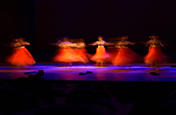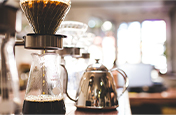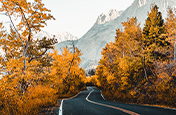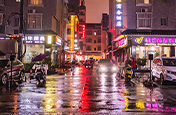Understand focal length and you’re prepared for anything.
Always pick the right lens for the job by understanding focal length and how it can inform your lens selection.
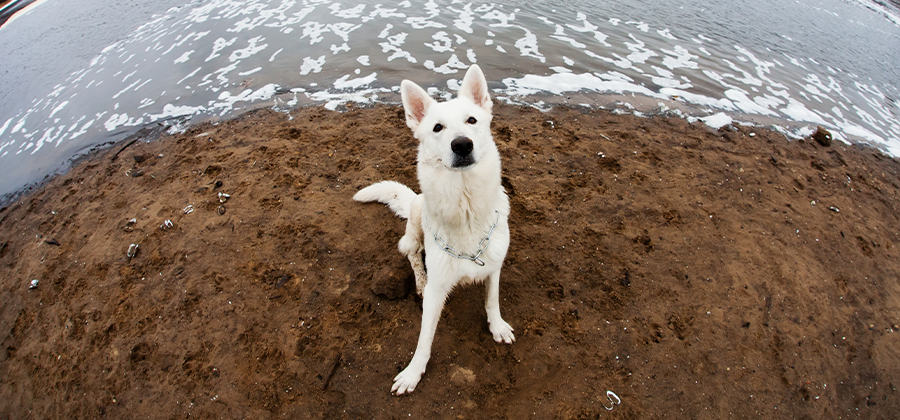
It’s possible to take good photos with any kind of equipment. However, the more lenses of varying focal lengths you have, the greater your photographic options will be.
When you understand how focal length works and which focal lengths are best for anything from portraits to landscape photography, you not only gain artistic freedom — you also get the ability to specialize. It’s like athletes choosing specific shoes for their sport: Soccer players wear grass-gripping cleats, while basketball players need soles that stick to hardwood. Knowing how to match the focal length of the lens to the angle of view (how much a lens can capture) you want is a mastery that will ensure you always feel well-equipped.
Understanding what focal length is and what it isn’t.
When you use a camera lens with a short focal length, such as 18mm, your resulting photo has a wider angle of view. Lenses with longer focal lengths, such as 200mm, give you narrower angles of view. The focal length of a lens is the optical distance (usually measured in mm) from the point where the light meets inside the lens to the camera’s sensor.
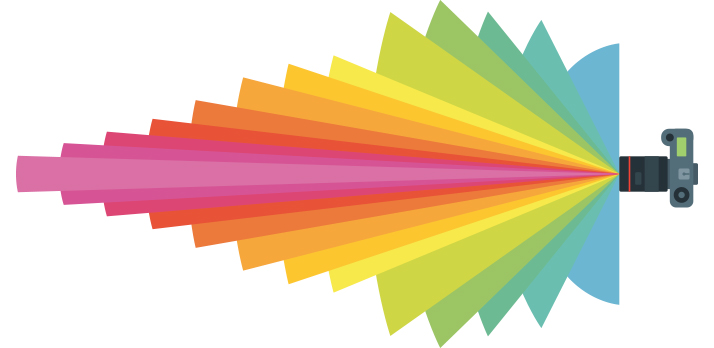
“You can zoom in on your phone, but that’s not changing your focal length. That’s just cropping your photo before you actually take it,” photographer Derek Boyd points out. “Optical focal length is described typically in millimeters, and basically it determines how wide or tight your shot is.”
That’s the technical end. Next comes the practical, and the practice.
The prime lens directive.
There are many lenses geared toward specific looks and uses, from the telephoto lenses to the super-wide fisheye. It’s good to have options — the spice of life and photography. But when it comes to honing your knowledge and your skill within a specific focal length, the prime lens is your best training ground.
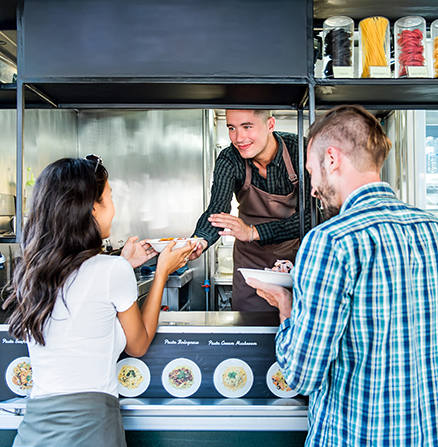

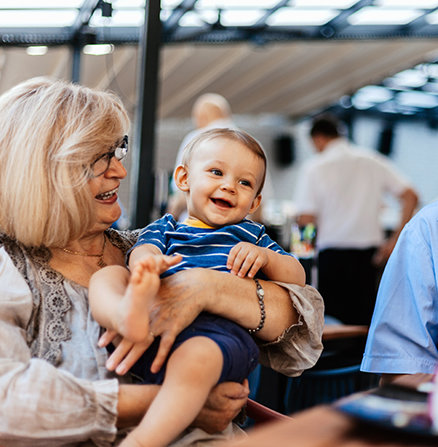
Prime lenses have a fixed focal length lens. That means you’re locked into shooting at a single focal length — no zooming and no magnification.
“If you want to get into photography professionally, I would suggest picking a prime focal length that you like, that you’re comfortable with, and shooting with just that for a while,” Boyd suggests. “Learn to be creative with one focal length, because it’ll make you think about using your camera. It’ll make you think about your settings more. It’ll make you take more time — it slows you down. It’s very tempting to just zoom when you have a zoom lens. But when you have a prime lens, you have to move.”
“Learn to be creative with one focal length, because it’ll make you think about using your camera. It’ll make you think about your settings more. It’ll make you take more time.”
Getting out into the street, or wherever your curiosity takes you, and dedicating time to consistent practice with a single focal length can be an important step in beginning to understand your eye as a photographer.
“The types of lenses and focal lengths that you choose to use is really going to help portray your style,” says wedding photographer Kilen Murphy. “It will influence how you like to shoot and the way things look.”
When your style begins to develop, it’s time for a change in perspective. Experimenting with different focal lengths can be an enlightening process that further defines your style. It’s also especially important to understand the benefits of different focal lengths if your goal is to build a Batman-like utility belt of lenses for more complex shoots.
Changing focal lengths can change the game.
Photographing a live event is a great way to understand how focal length affects your shots. You’ll be moving around the event, looking for that perfect angle, and sometimes you’ll need to change focal lengths to make the most of the opportunities.
“You have to know what you’re trying to shoot and which lens is going to facilitate that,” author, designer, and photographer Khara Plicanic explains. “You’re trying to predict where your subject is going or what’s happening next. And you want to be a few steps ahead in your mind, so that you don’t get caught in a bad location when something is happening.”
It’s moments like these that will have you turning to that superhero utility belt. Bring your backup with you.
When shooting weddings, Plicanic carries a trio of lenses: a 50mm, a 16-35mm, and a 70-200mm. Different events and different shoots have varying requirements, and as with a caddy selecting the right golf club to land that next shot on the green, your ability to understand focal length will set you up for success when chasing that perfect photo.
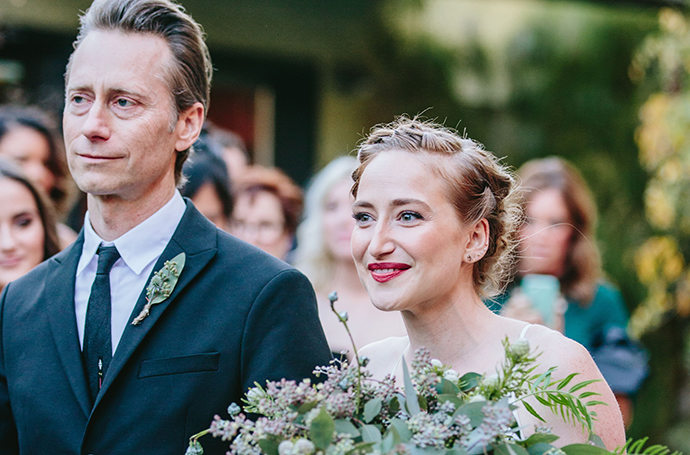
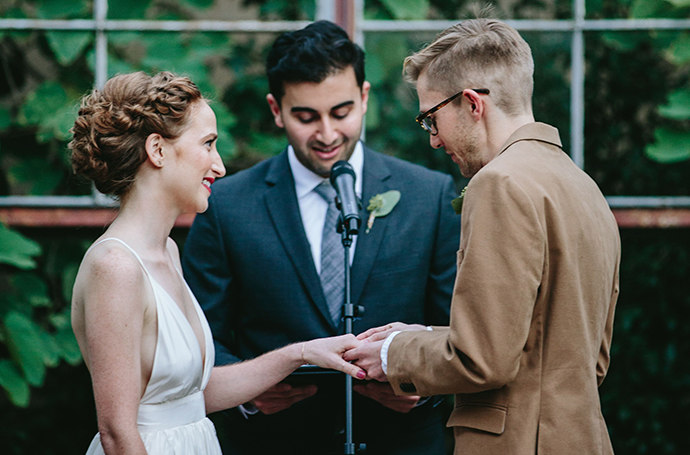
Your lenses and focal lengths cheat sheet.
To help guide your focal length discovery, here’s a list of common lenses, their corresponding focal lengths, and what sort of photography they might be best suited for:
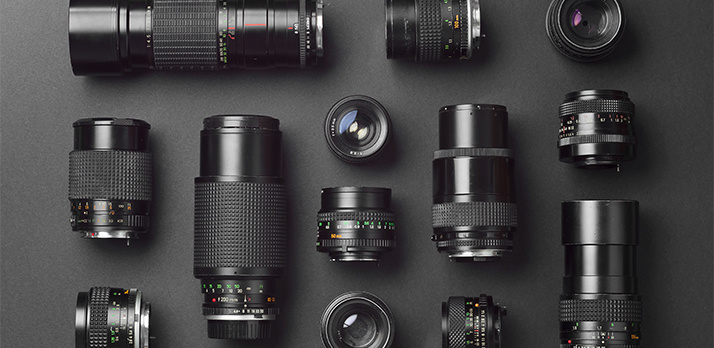
- Fisheye Lens: At 7-16mm, these lenses go very wide and produce circular or ovular images that bend and distort at the edges. Great for capturing wide cityscapes or bending a horizon line.
- Wide-Angle Lens: Ranging from 10mm to 42mm, these lenses are perfect for capturing a broad landscape or large group photo.
- Standard Lens: With fixed focal lengths of 50mm, 85mm, and 100mm, these are go-to lenses for portraits, live event photography, and still lifes.
- Telephoto Lens: Going all the way from 100mm up to 800mm, these lenses can capture subjects hundreds of feet away, but due to that range, they have a narrow field of view and shoot in a shallow depth of field.
There are many other specialty lenses, like tilt-shift and macro lenses, and even zoom lenses that allow for multiple focal lengths, but this list is a good place to start building out your photo shoot kit.
With this technical know-how in your back pocket, you can now explore which lenses might be useful for you. After that, it’s all about putting the knowledge to work. What does wedding photographer Anna Goellner recommend to help with that? “Experimenting, experimenting, experimenting.” The world is your lab. Get out and run those experiments.
Contributors
You might also be interested in…
اكتشف كيف تساعد سرعة الغالق في التقاط لقطات واضحة أو لحظات مليئة بالحركة.
بناء صورة مناظر طبيعية رائعة.
استكشف طرقًا لالتقاط المناظر الطبيعية فنية من خلال إرشادات حول تصوير المناظر الطبيعية.
التصوير الفوتوغرافي الليلي.
لا يعني الضوء المنخفض جودة صورة منخفضة مع هذه الإرشادات لالتقاط صور ليلية ناجحة.
